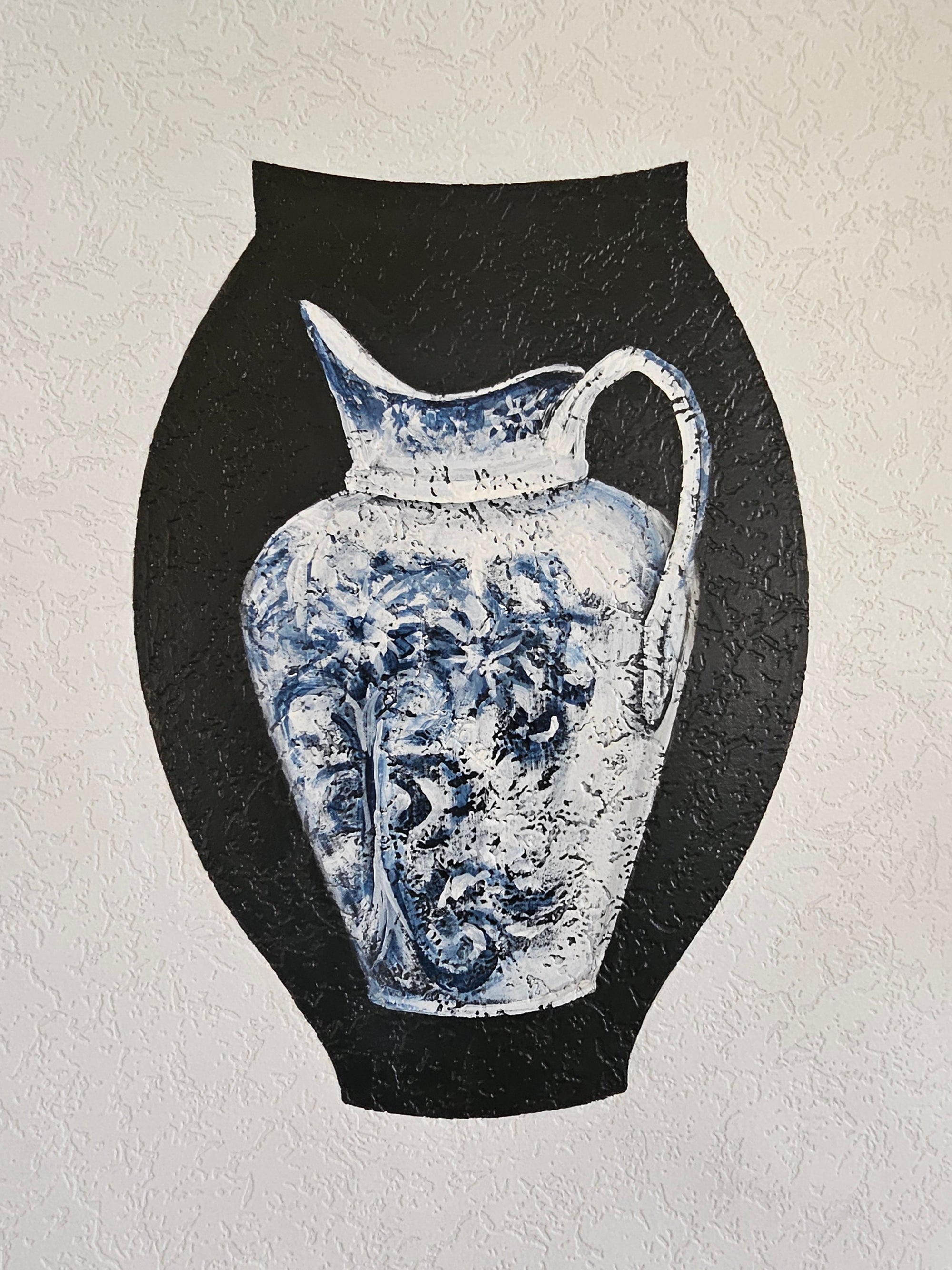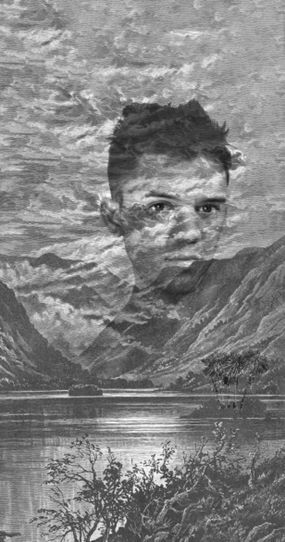It’s easy to assume that good art is measurable by a works’ originality, but delving into some of the world’s most highly valued artistic practices reveals a different story. Exchange of ideas and acknowledgement of influence have long inspired creative direction.
Picasso’s masterpiece Guernica was borrowed from an iconic Raphael fresco. Manet became famous turning The Venus of Urbino into Olympia. Pop artists created a new genre of post-modern commentary by intentionally borrowing images; Andy Warhol’s Campbell Soup immediately springs to mind. The motivation may be complimentary, political, irreverent or for pure fun - examples are plentiful.

Linda Gair’s new body of work Homage, is most certainly prompted by laudatory impulses. Gair turns her sharp gaze to the past, re-invigorating French artists masterpieces, then in an abrupt u turn - closer in time and place – she riffs off Colin McCahon and idolises Viky Garden. It is not a particular subject or genre that lures Gair in, and it is not simply a reproduction she proposes – although her mastery of paint could easily accomplish a replica copy – she does not want to. Gair instead edits the works, selecting favourite elements, or applies distortion. Then carefully selecting an upcycled wooden bread board, or an antique bowling ball from her hoard of found and collected items, she adds her own layer of meaning.
Vessels also feature as a subject and as an object with an illusionistic and surreal character. Optical devises and perspectival distortion assist her desire to fold out three-dimensional form and making it appear flat, and vice versa. Movement arises between surface and form, causing us to feel we are looking at a painted still life; at the same time, we are pulled back into space and to the physical presence of the form. Our experience alternates between the surrounding space and the three-dimensional objects. The works in this series cleverly erases the boundary between picture and sculpture.

Behind most contemporary artists hides inspiration of an old master. Some artists reveal a dialogue more than others. Whether they represent classical subject matters in a contemporary way, or a contemporary theme with classical references - contemporary art is a reflection of our time while feeding on the past.
Exhibition opened 1 May. Artist talk 8 May. View works here.



